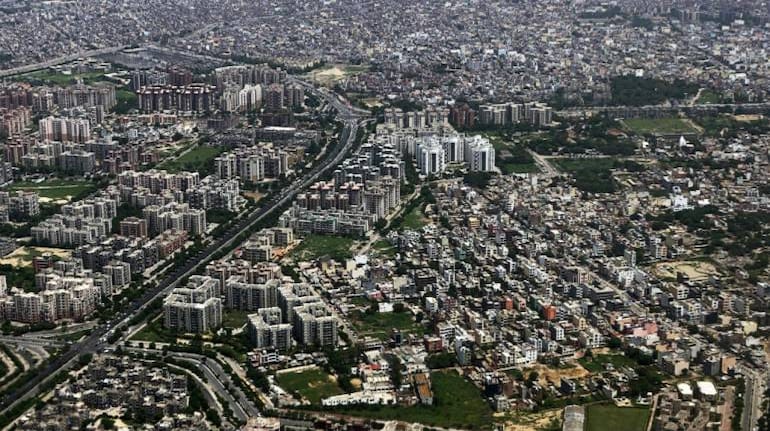



Maharashtra's government seems to have taken a giant step in taking over Mumbai’s biggest public open space: The Mahalaxmi Racecourse. It’s the size of 170 football grounds and is 140 years old. But it is probably the beginning of the end for it. The state government and BMC want to take over half that land for building a garden or a theme park. And Royal Western India Turf Club, a concerned party, has voted in favour of the plan.
It sounds like a simple and straightforward idea that should be acceptable to all. But it isn’t. The Racecourse opposite the sea is the last major open space for the public. It’s the one venue where people come for walks, run, exercise, sports etc. This in a city where public open spaces are receding even as population and housing is increasing.
There is a reason for declining open spaces. Most open spaces that are meant for the public are gobbled up. And a simple google search will reveal that the municipal corporation has a terrible record of protecting its open spaces. 23 percent of all ‘open spaces’, as per the 1991 Development Plan, are occupied by buildings or slums. It gets worse. Even amongst the open spaces that are ‘available’ for gardens or recreation grounds - more than 1/3rd of them are lying undeveloped or vacant. Mumbai has the lowest open space on a per capita basis in the world.
In 2016 – the municipal corporation decided to change that reality. They did. But only in a mischievous manner. They changed the definition of ‘open spaces.’ Open spaces now include road dividers, forests, terrace gardens, traffic islands. Suddenly Mumbai had as much open space as Singapore. There was just one problem: Data does not change reality. Reality changes the data. Hence no Mumbai resident felt that they were in Singapore with regards to their public spaces.
Now that open space may get even lesser for the average Mumbai resident if the Racecourse land is taken over by the government.
There are two extreme outcomes to this latest plan:
1) An Amusement Park/Garden gets built: The best-case scenario is that the government and municipal corporation actually build an amusement park. Given the track record of BMC’s projects – it will almost certainly not be of high quality, but it will exist. There are two problems with this plan. a) Why would one build an amusement park in the heart of the city? World-wide - the location of an amusement park is in the outskirts of the city. b) Why takeover 100 acres of land to build a garden – when the current racecourse can anyway fulfill that objective with limited resources.
2) The Racecourse land under BMC gets encroached: This is the ominous worst-case scenario but it is arguably the most likely. There are two possibilities within this
a) Land remains idle and gradually slums sprout up and Mumbai sees another slum-land being created and nurtured by political parties
b) Over a period of time the land gets sold or monetized to builders – similar to the scenario with mill-lands in Central Mumbai over a decade ago. The city had an opportunity with 600 acres of land after textile mills went bankrupt leaving an important resource behind: Land. Today in almost all of that land – there are luxury towers for the rich but precious little for the poor and middle-class.
In both the scenarios, the loser is the city. Either you get a poorly made amusement park or another open space is gifted to private parties. Mumbai must resist this plan. It is a battle it cannot afford to lose.
Discover the latest Business News, Sensex, and Nifty updates. Obtain Personal Finance insights, tax queries, and expert opinions on Moneycontrol or download the Moneycontrol App to stay updated!
Find the best of Al News in one place, specially curated for you every weekend.
Stay on top of the latest tech trends and biggest startup news.